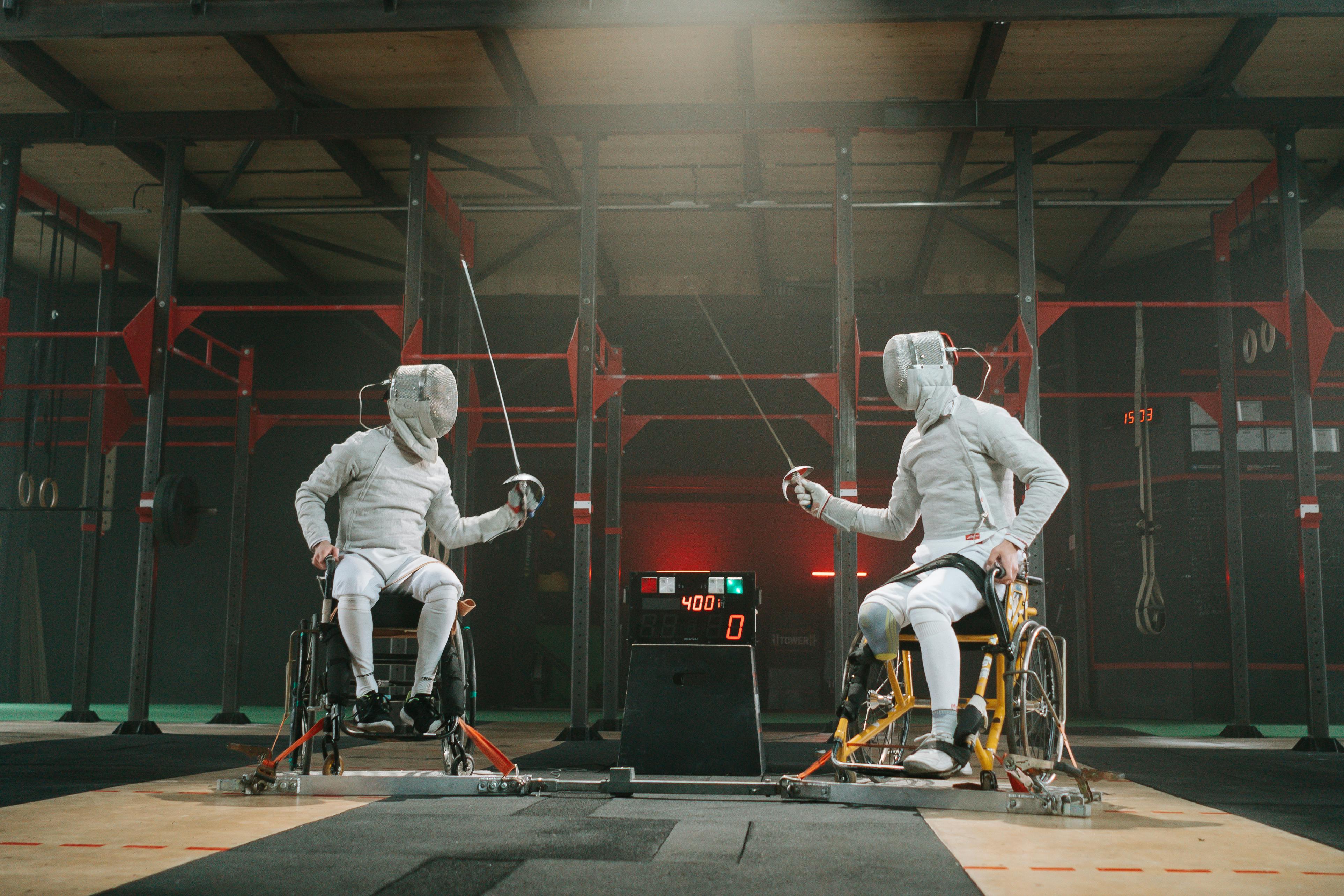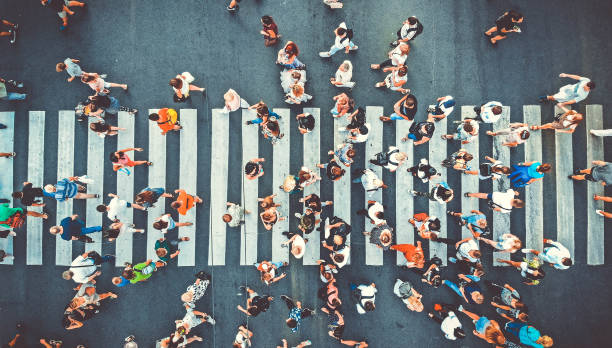Breaking Down the Barriers: The Inclusive Power of Sports for Individuals with Disabilities
In the first line of defense against inactivity, sports often emerge as a powerful tool. But what happens when we take this tool and make it available to everyone, including individuals with disabilities? The narrative of disability and sports is filled with triumphs, challenges, and continuous evolution, changing the way we understand both sports and disability.

A Historical Overview: The Emergence of Disability Sports
The story of disability sports dates back to the post-World War II era. As veterans returned from the war with life-changing injuries, a new need for rehabilitation emerged. Sir Ludwig Guttmann, a neurologist, saw sports as a potential therapeutic tool to assist in the recovery of these war veterans. His efforts led to the first Stoke Mandeville Games in 1948, a competition for wheelchair athletes that eventually evolved into the Paralympic Games.
The Current Landscape: More Than Just Games
Fast forward to present times, and the landscape of disability sports has transformed dramatically. The Paralympic Games are now the second largest sporting event in the world. However, the impact of disability sports extends beyond the Paralympics. Sports have become a means of empowerment, social inclusion, and personal development for individuals with disabilities.
Training Methods and Performance Strategies for Disability Sports
Training methods and performance strategies in disability sports vary widely due to the diverse range of disabilities. However, a common thread among them all is the focus on maximizing the abilities of the athlete, rather than focusing on their limitations. This perspective shift is not only empowering, but it also pushes the boundaries of what is perceived as possible in sports.
The Benefits, Challenges, and Real-World Applications
Participation in sports brings a slew of benefits for individuals with disabilities. These include improved physical health, increased self-esteem, and enhanced social skills. However, it’s not without its challenges. Accessibility, stereotypes, and lack of opportunities are some of the obstacles faced by disabled athletes. Despite these challenges, the world of disability sports continues to grow, breaking barriers and redefining what’s possible.
The Future of Disability Sports: A New Era of Inclusion
As we look to the future, the potential for growth in disability sports is immense. More and more sports are being adapted for disabled athletes, opening up new opportunities. The fight for equality, recognition, and inclusion continues. But with every dribble, every swing, and every finish line crossed, we are reminded of the inclusive power of sports.
In conclusion, disability sports have come a long way since their inception in the late 1940s. The journey has been marked by triumphs and challenges, but the drive for inclusion and empowerment remains steadfast. As we continue to break down barriers, we are not just redefining the world of sports – we are redefining what it means to be an athlete.




